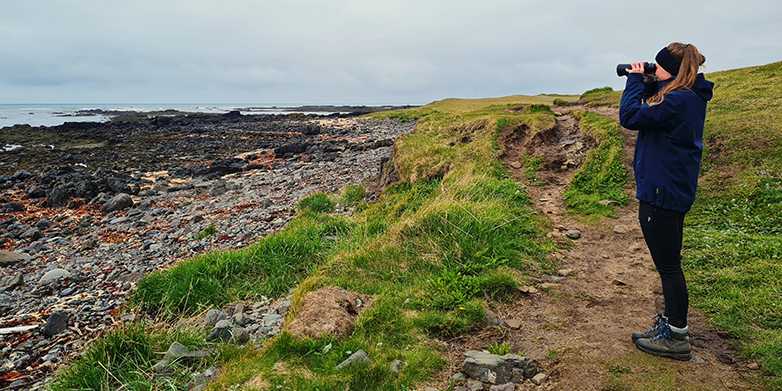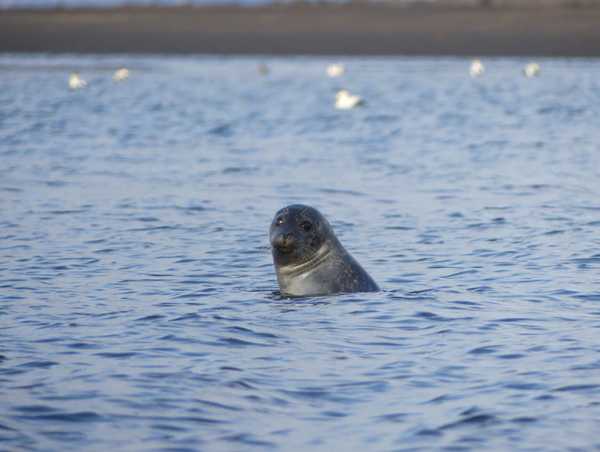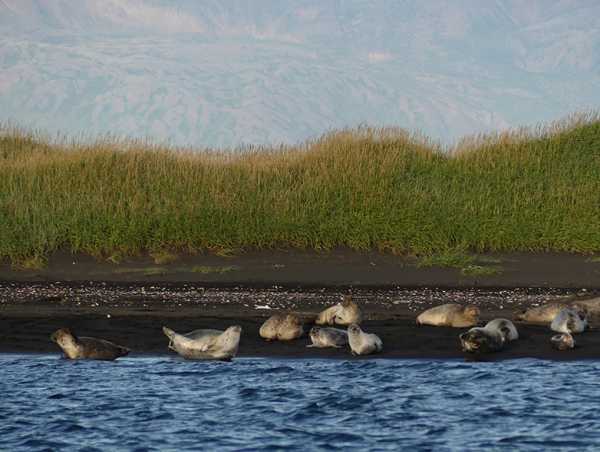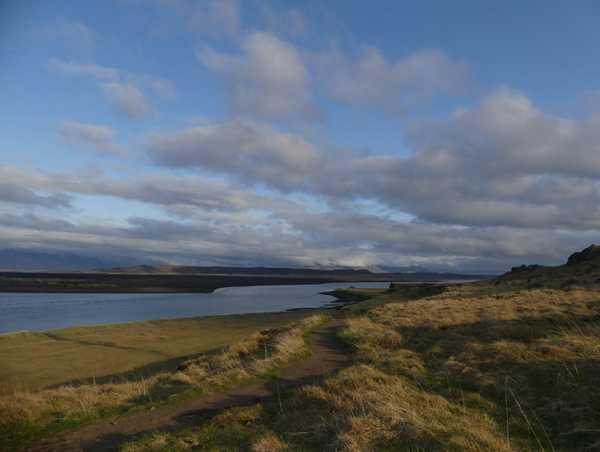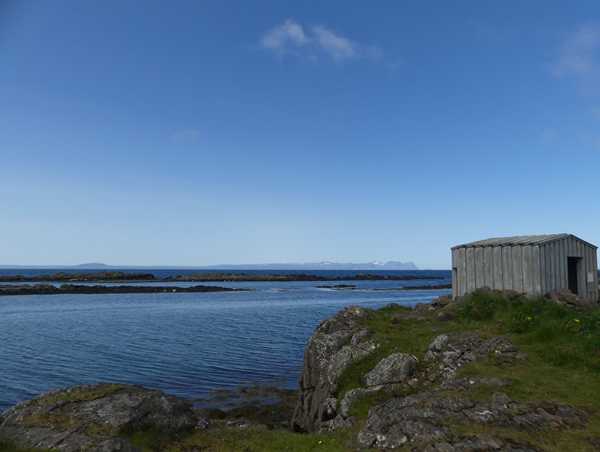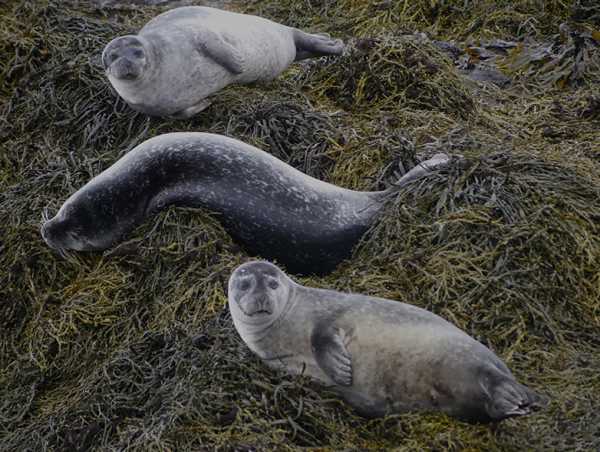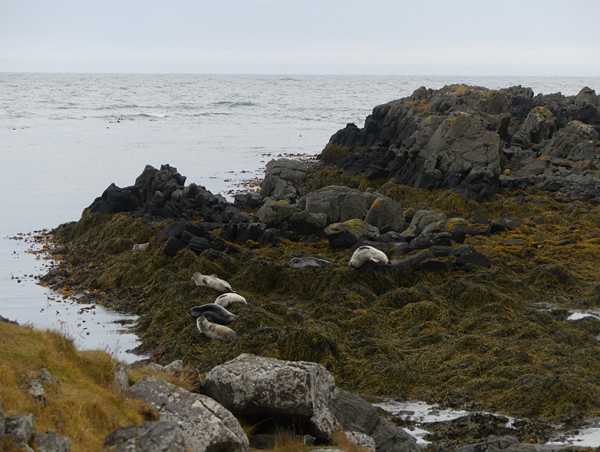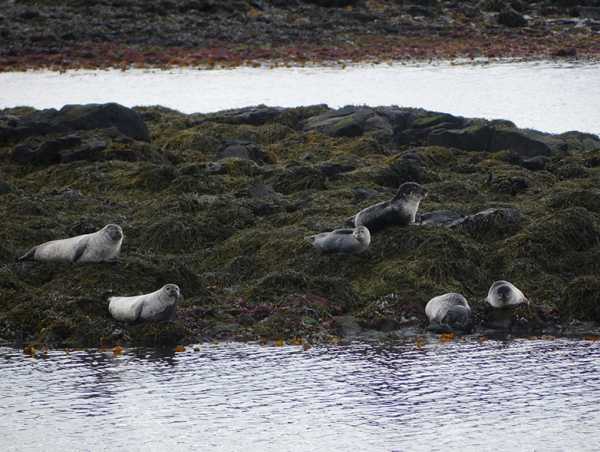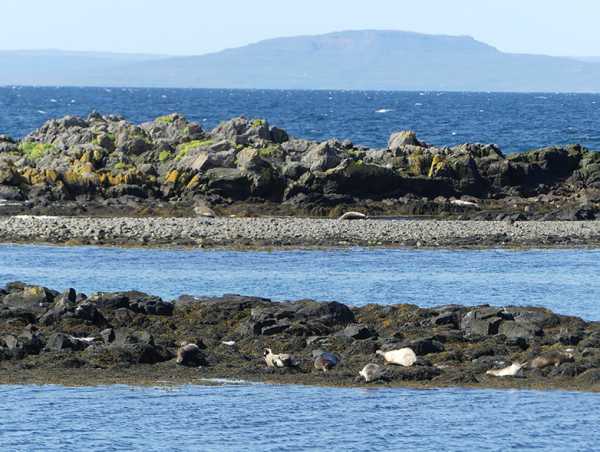Marion Muff, almost half a year has passed since you started your professional internship on 1 May this year. How did you get the idea to go to Iceland?
Apart from riding Icelandic horses at home in Greifensee and having been on holiday in Iceland 10 years ago, I had no connection to Iceland before. But the way of life of the seals and the protection of the endangered species interested me. And it was clear that I wanted to go abroad.
What does your everyday life in Iceland look like?
Hvammstangi is located on Miðfjörður, a part of Húnaflói Bay at the southwest end of the Vatnsnes Peninsula. The village has about 700 inhabitants. Only two buses a day go to the nearest town. That alone is quite different from what I was used to in Switzerland! But I settled in quickly and I especially like the nature here. For example, I live right by the sea and from my home I can sometimes even watch whales or seals in the bay. At the Icelandic Seal Centre I developed a questionnaire for the visitors. With this we want to check their knowledge and their interest in further information about animal and nature conservation. This is important because the behaviour of tourists can affect the behaviour or distribution of seals. For example, at some seal watching sites, tourists often get too close to the animals. On the Vatnsnes Peninsula we have two seal watching sites, Illugastaðir and Ósar, and at Illugastaðir visitors can find various information about seals, birds and Icelandic culture. After evaluating the questionnaire, we know better which additional information is most useful for both tourists and animals.
How are the seals doing in Iceland?
A total of 7 species can be found here on the island, but only the harbour seal (Phoca vitulina) and the grey seal (Halichoerus grypus) have their young here. That is why research focuses on these two species. In Icelandic waters, the harbour seal (Phoca vitulina) is endangered, the grey seal (Halichoerus grypus) is classified as "vulnerable". Although hunting seals and harbour seals has been banned in principle in Iceland since 2019, the animals often unfortunately die as bycatch. Other species such as the bearded seal (Erignathus barbatus), harp seal (Phoca groenlandica), hooded seal (Cystophora cristata), ringed seal (Phoca hispida) and walrus (Odobenus rosmarus) occasionally pass by the coasts.
Your tip for other students who still have the internship ahead of them?
Do what you really wanted to do! And dare to do it. The internship is an incredible opportunity to try out a completely different life. This experience will also help me in my future career, even though I will probably work in a nature conservation office or a Cantonal office. But before that, I would like to gain more experience abroad with Work-And-Travel.
